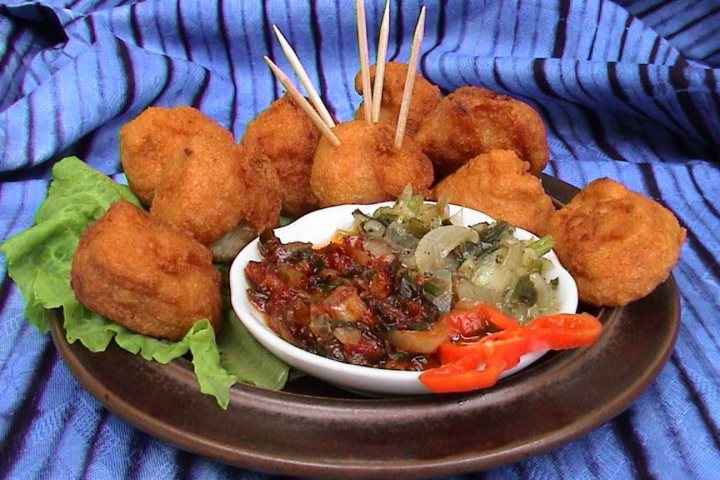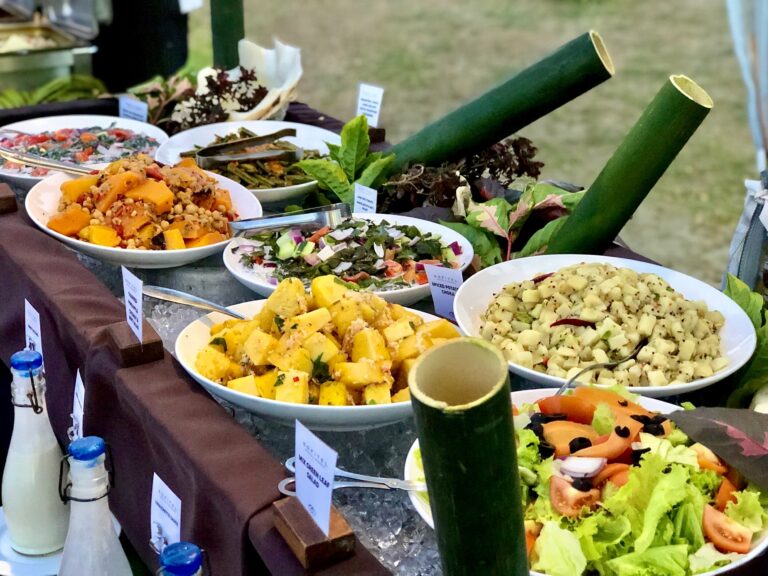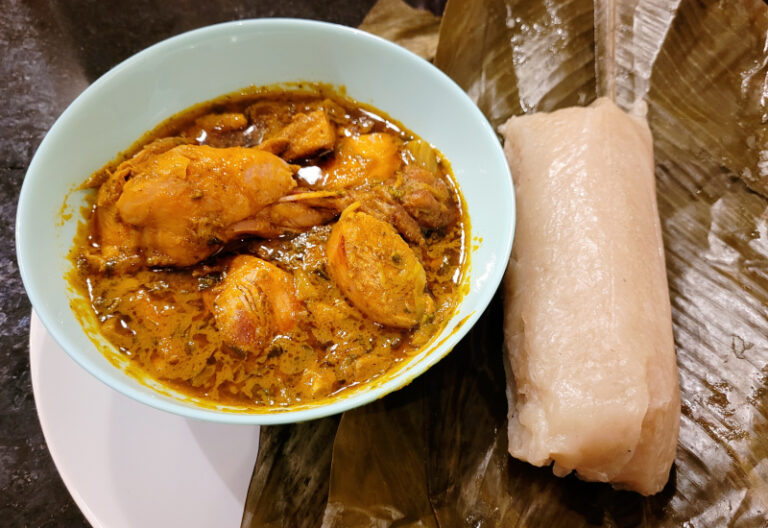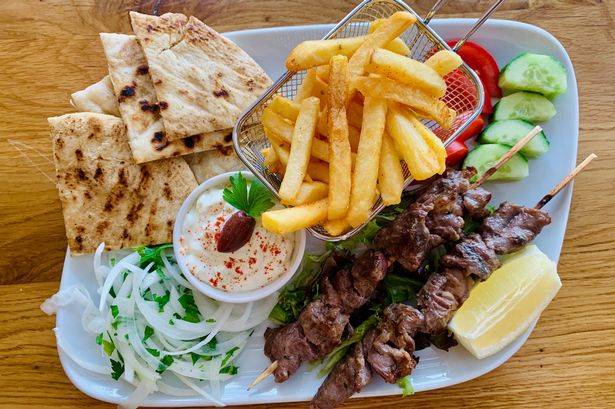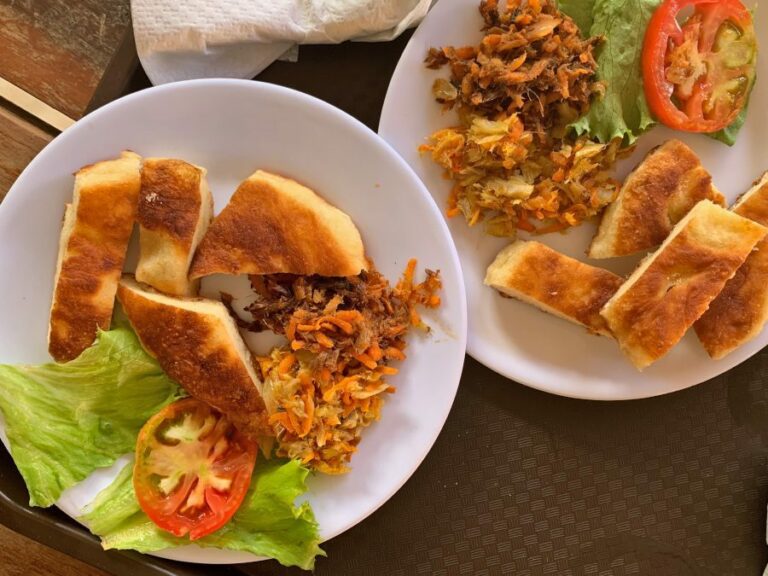Introduction to Gambian Spices and Flavorings
Gambian cuisine is a delightful fusion of African, European, and Middle Eastern culinary traditions. The country’s rich cultural heritage and diverse geography have contributed to the development of a unique blend of spices and flavorings that make Gambian food a gastronomic adventure. The use of herbs, spices, and seasonings is an essential aspect of Gambian cooking, reflecting the country’s agricultural abundance and its people’s love for bold and complex flavors.
Groundnut Powder: A Staple in Gambian Cuisine
Groundnut powder, also known as peanut powder, is a staple in Gambian cuisine. Made from roasted and ground peanuts, it is a versatile ingredient used in a variety of dishes, from stews and soups to sauces and dips. Groundnut powder adds a nutty flavor and a creamy texture to food and is an excellent source of protein, fiber, and healthy fats. In Gambian households, groundnut powder is often made fresh using a traditional grinding stone or a modern blender.
The Importance of Bonga Fish in Gambian Cooking
Bonga fish, also known as Ethmalosa fimbriata, is a popular fish species in West Africa, and it plays a vital role in Gambian cooking. Bonga fish is used in a variety of dishes, from soups and stews to grilled and fried dishes. The fish is rich in nutrients and adds a distinct flavor to food. Bonga fish is often smoked and dried, and its flakes are used as a seasoning in soups and stews. The fish head is also a prized delicacy and is often used to make flavorful stocks and broths.
Discovering the Unique Flavors of Domoda Sauce
Domoda sauce is a flavorful peanut-based sauce that is a favorite in Gambian cuisine. The sauce is made from groundnuts, tomatoes, onions, garlic, and a blend of spices, including ginger, cumin, and coriander. The sauce has a velvety texture and a rich flavor that complements rice, couscous, or bread. Domoda sauce is often served with grilled or roasted meats, vegetables, or fish. It is a hearty and satisfying dish that reflects the warmth and hospitality of Gambian culture.
Tasting the Tangy and Spicy Tangana Sauce
Tangana sauce is a tangy and spicy sauce that is a staple in Gambian cooking. Made from tomatoes, onions, peppers, and a blend of spices, including ginger and black pepper, the sauce adds a zing to any dish. Tangana sauce is often used as a marinade for grilled or roasted meats, fish, or vegetables. The sauce is also an excellent dipping sauce for bread, chips, or crackers. Tangana sauce reflects the bold and lively spirit of Gambian cuisine.
Exploring the Aromatic Seasonings of Yassa Dish
Yassa dish is a classic Gambian chicken and rice dish that is seasoned with a blend of aromatic spices and herbs. The dish is made from marinated chicken that is roasted or grilled and served with a flavorful sauce made from onions, garlic, lemon juice, and a variety of herbs and spices, including thyme, parsley, and bay leaves. Yassa dish is a hearty and comforting dish that reflects the warmth and love of Gambian culture. The aromatic seasonings add depth and complexity to the dish, making it a crowd-pleaser.

